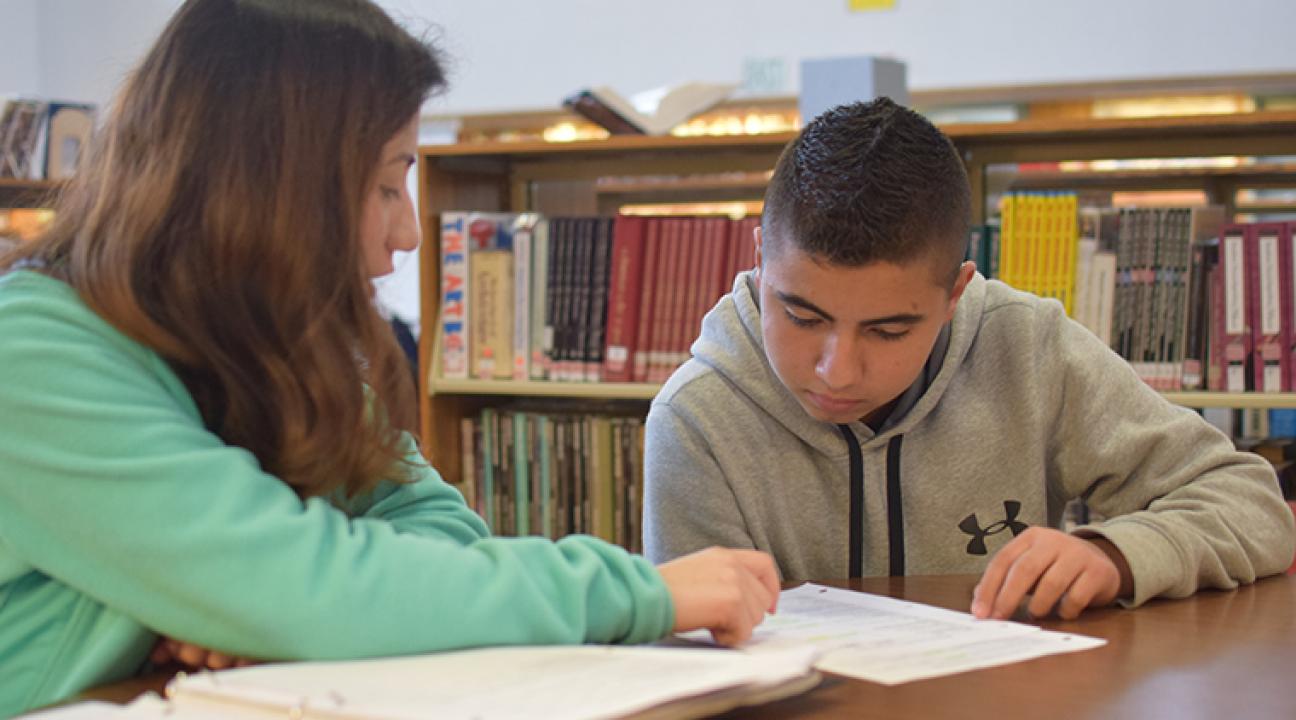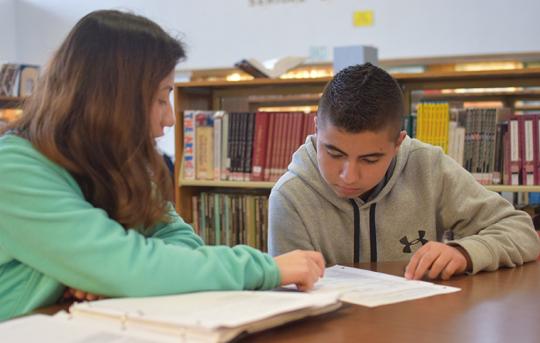Bachelor's and Bilingual Credential
Grant to Allow Four-Year Bachelor's and Bilingual Teaching Credential Program
Sonoma State University has received a $200,000 grant allowing students to earn a Bachelor's degree and bilingual teaching credential in just four years total, saving students at least one year and an estimated $20,000.
“These new teachers are currently doing their student teaching locally for their teaching credential, but what is often challenging for bilingual teaching students is that they are usually first generation college students and are generally low income,” says Rhianna Casesa, an assistant professor of education at Sonoma State who spearheaded the grant process. “They often can’t afford to do a fifth-year teaching credential program because they have to start working after four years with their new bachelor’s degree. This grant not only solves this problem, it cuts it down by a whole year."
Starting in fall 2018, Sonoma State students will be able to obtain a Bachelor's degree in either Chicano and Latino Studies or Spanish, as well as a multiple subject teaching credential with Spanish/English bilingual authorization at the same time, in a total of four years.
Sonoma State is one of 17 California State University (CSU) campuses to receive an Integrated Program Grant from the California Commission on Teacher Credentialing to develop four-year teacher preparation programs. The grants are designed to help ease California’s burgeoning K-12 teacher shortage with a special focus on expanding the number of teacher candidates earning STEM and bilingual credentials — the two most critical areas of need for teachers in California.
“As a statewide innovator in teacher preparation, the CSU is uniquely poised to offer these new four-year blended teacher training programs," says Marquita Grenot-Scheyer, assistant vice chancellor of Teacher Education Program and Public School Programs with the CSU. "California’s children and youth deserve highly-qualified teachers committed to student success and the Integrated Program Grants will enable the university to nearly triple the number of new teachers graduating annually with STEM, Special Education and bilingual credentials.”
The CSU is the state’s largest producer of teacher candidates and leads the nation in preparing STEM teachers.
Casesa, who currently works with student teachers interested in becoming bilingual teachers, says changing demographics at a state level have resulted in an intense demand locally for dual language teachers. “There is a deficit in Sonoma, Marin and Napa counties of about 25 to 30 teachers a year,” she says. “This program will hopefully start to fill that deficit of bilingual elementary school teachers.”
Besides the new four-year program, Sonoma State is also working with the Santa Rosa Junior College to create a transfer degree program where a student can earn an Associate’s degree in Chicano and Latino Studies, Spanish, or Child Development and transfer to Sonoma State to earn a Bachelor’s degree and a bilingual educator credential.
“The goal is to meet the demand of all new teacher positions," says Casesa. "We have students being offered multiple jobs while they are still finishing their degree with this certificate, so I’m happy to help make this a more obtainable goal for them,”



